Ukrainian fact-checking site debunks propaganda
 This photo supposedly shows a smiling Ukrainian eating the arm of a dead Russian. It was published on the Russian news site rusvesna.su on June 6 and has been spreading on social media ever since. In reality, the photo is actually a behind-the-scene’s shot from the making of a 2008 Russian sci-fi movie, “We’re from the future”.
This photo supposedly shows a smiling Ukrainian eating the arm of a dead Russian. It was published on the Russian news site rusvesna.su on June 6 and has been spreading on social media ever since. In reality, the photo is actually a behind-the-scene’s shot from the making of a 2008 Russian sci-fi movie, “We’re from the future”.
It took just a day for the Ukrainian site stopfake.org to published details of the real origin of the photo – one of hundreds of fake reports that the website has debunked since it started in March 2014.
![]() read more
read more
Journalists – find out how popular your work is
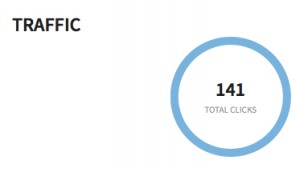 You’re a journalist, and you’ve just posted your latest article, video or radio piece on Facebook, Google+ or Twitter. But how can you track who’s sharing it and how many people you really reach on social media? Whether you just want to learn more about social media analytics tools or start increasing your impact on social media, onMedia will help you get started with the following list.
You’re a journalist, and you’ve just posted your latest article, video or radio piece on Facebook, Google+ or Twitter. But how can you track who’s sharing it and how many people you really reach on social media? Whether you just want to learn more about social media analytics tools or start increasing your impact on social media, onMedia will help you get started with the following list.
![]() read more
read more
Quick tips on searching for Twitter lists
 Twitter lists are an essential social media research tool for journalists. If you’re working a particular beat and need to follow updates from people on a certain topic, creating your own Twitter list or subscribing to the public list curated by someone else can save a lot of valusble time.
Twitter lists are an essential social media research tool for journalists. If you’re working a particular beat and need to follow updates from people on a certain topic, creating your own Twitter list or subscribing to the public list curated by someone else can save a lot of valusble time.
But how do you go about searching for good Twitter lists or refining your search for specific information within a Twitter list?
Here are a few quick search tips to try.
![]() read more
read more
Instagramming the news for a mobile audience
 Photographs, time-lapse videos, audio slideshows, animated infographics, magazine previews and video news stories in 15 second bites. These are just some of the ways leading media organizations are experimenting with the image sharing platform Instagram.
Photographs, time-lapse videos, audio slideshows, animated infographics, magazine previews and video news stories in 15 second bites. These are just some of the ways leading media organizations are experimenting with the image sharing platform Instagram.
Instagram was launched in 2010 as an iPhone application to produce and share square shaped photographs with a range of filters – a very smartphone nod to the classic Polaroid instamatic photograph.
The rest you might say is history.
In 2012 Instagram was bought by Facebook for $US 1 billion. The 15 second video feature was added in 2013. The Instagram application is also available for Android and Windows smartphones.
Instagram says it has more than 150 million active monthly users. And that’s what makes the platform interesting for media organizations – it’s a way of reaching new audiences who consume media on mobile devices and tapping into the conversations on a social media network devoted to images.
Here’s onMedia’s quick round up of some of the media organizations using Instagram which might make you look at this popular app in a different light. Plus, there’re some tips on creating Instagram video news for yourself.
![]() read more
read more
Must Read – the Verification Handbook
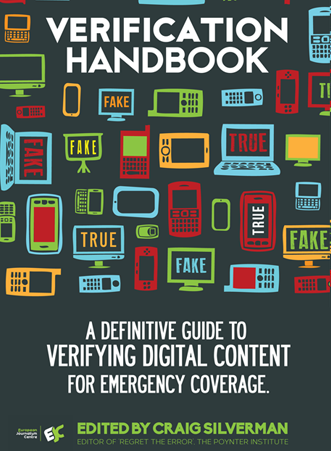
Social media networks are valuable sources of information but not everything that is posted, tweeted and uploaded is true. And under the pressure of breaking news, many journalists struggle to find ways of verifying the authenticity of pictures and videos on the Internet or establishing the credibility of those posting information. Luckily, help is at hand with the excellent (and free) Verification Handbook, published by the European Journalism Centre and available online.
Written by reporters and human rights researchers from leading organizations such as BBC, Storyful and Amnesty International, the Verification Handbook is jam-packed with practical information, tools and case studies. The handbook drives home why journalists need to be diligent about verifying user-generated content and also provides plenty of pointers on how news reporters can do this for themselves.
![]() read more
read more
Crowd reporting puts the squeeze on traditional journalism
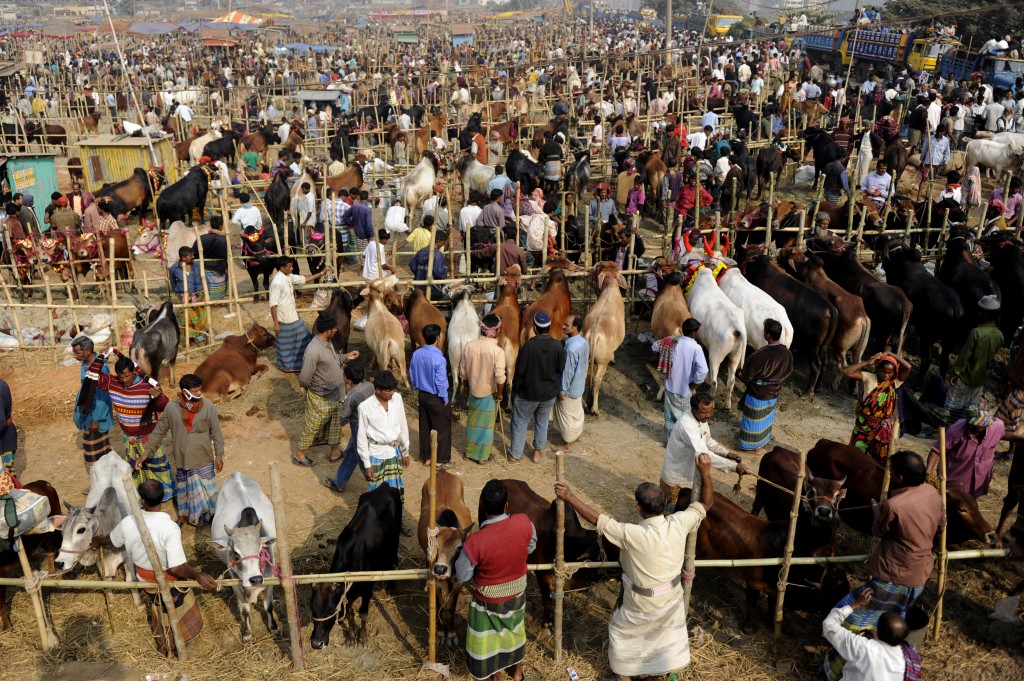
Photo: Munir Uz Zaman/AFP/Getty Images
Critics of using social media to crowdsource news argue that people on the street aren’t objective and that their impressions of an event can’t be trusted. But in this guest blog post for onMedia, journalist Ranty Islam argues crowdsourcing is a key journalism tool that stems from a tradition older than the media itself – the bustling marketplaces and squares that have been used for information exchange since time immemorial.
![]() read more
read more
Making broadcasting more social

photo: flickr/Affiliate
For too many broadcasters, social media still remains something of an afterthought. A producer might promote an upcoming program on the Facebook page or send out a tweet. But really, much more can and should be done. These days, social media needs to be part of the entire broadcast production process.
![]() read more
read more
Verifying facts in the digital age
 Thanks to new technologies, journalists have information coming at them from all directions. They just have to turn on their phones or computers to find potential stories in calls, texts, emails and updates from all sorts of social media. This is fantastic for journalists, of course. But it does have a downside – journalists, especially news reporters, need to think carefully about how to separate fact from rumour and when to run with a story. Journalist Martin Vogl spent several years working in Africa for international broadcasters and is also a DW Akademie trainer. He has the following advice.
Thanks to new technologies, journalists have information coming at them from all directions. They just have to turn on their phones or computers to find potential stories in calls, texts, emails and updates from all sorts of social media. This is fantastic for journalists, of course. But it does have a downside – journalists, especially news reporters, need to think carefully about how to separate fact from rumour and when to run with a story. Journalist Martin Vogl spent several years working in Africa for international broadcasters and is also a DW Akademie trainer. He has the following advice.
![]() read more
read more
Inside the Za’atari refugee camp in Jordan
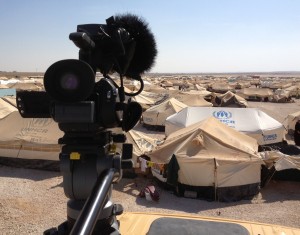 It may be considered a “temporary” home, but the sprawling Za’atari camp for Syrian refugees is now Jordan’s fourth largest city. And it’s a complex city. Not only does it provide a safe haven for people who have fled the conflict in Syria, but it requires all of the resources, services and amenities to support a large population – from water and electricity to hospitals and schools to supermarkets and cafes.
It may be considered a “temporary” home, but the sprawling Za’atari camp for Syrian refugees is now Jordan’s fourth largest city. And it’s a complex city. Not only does it provide a safe haven for people who have fled the conflict in Syria, but it requires all of the resources, services and amenities to support a large population – from water and electricity to hospitals and schools to supermarkets and cafes.
When I visited the Za’atari camp just over a year ago, there were only 30,000 refugees. That was staggering at the time. Now it is home to approximately 120,000 people.
As the conflict in Syria continues, two new media projects are documenting life inside the camp.
![]() read more
read more
Interactive and social media documenting Australian bushfires
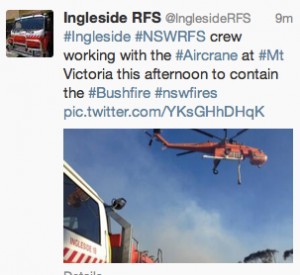 The extensive bushfires in the Australian state of New South Wales have made global headlines in the past week.
The extensive bushfires in the Australian state of New South Wales have made global headlines in the past week.
Social media, particularly via the Twitter hashtag #nswfires, is serving as a way for media and emergency services to post updates, but also for users in fire affected areas to document and share information, experiences and photos.
A number of bushfire photos also went viral via social media. For example this shot of exhausted firefighters resting on a road.
https://twitter.com/theage_photo/status/391186566095196160
On YouTube, this helmet camera footage posted by the Blackheath – Mt Victoria Rural Fire Brigade shows the extreme conditions firefighters are facing.
Australia’s public broadcaster, ABC, plays an important role during natural disasters and emergencies such as bushfires, to keep communities accurately informed – particularly through their local radio network.
That’s a huge media development topic to explore on its own, particularly for national media networks in developing countries seeking a model for informing and communicating with audiences during natural disasters.
For now though, what caught onMedia’s eye was the ABC’s use of tools such as Storify and ThingLink to help visualize stories on their live bushfire blog.
![]() read more
read more








Feedback